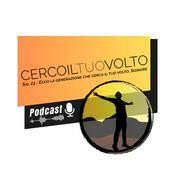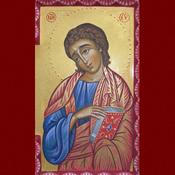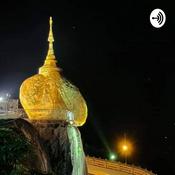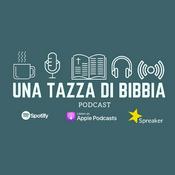2183 episodi
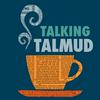
Zevahim 101: Moshe, Aharon, and Inaugurating the Mishkan
24/12/2025 | 25 min
The Gemara addresses the acute mourning of Aharon (Aaron) in the Torah when Nadav and Avihu die on the altar, when they bring the "strange fire" - and, among other offerings, a sin-offering was brought too - and Moshe (Moses) rebukes Aharon for burning the sin-offering among them. How much does Aharon's conduct inform the practices-to-be of kohanim in a state of acute mourning in the generations to come? Also, was Moshe himself a kohen, given his partaking of the offerings on this day of establishing the Mishkan? Doesn't the very fact that he was able to eat from the offerings mean he must have been a kohen? It's not that simple

Zevahim 100: When a Kohen Mourns
23/12/2025 | 19 min
Rabbi Shimon's position of the acute mourner and the Pesach offering - and ways of resolving the apparent contradictions in his respective positions. Specifically, must the kohen become impure for the death of a close relative or does he have permission to do so? A clear dispute. But the need for a "met mitzvah" - perhaps that is not disputed, and the kohen must become impure for the sake of that need to bury. Also, a deeper dive into the view that says the acutely mourning kohen must partake of the Pesach offering.

Zevahim 99: Kohanim Are People Too
22/12/2025 | 16 min
On kohanim who weren't eligible to eat from the sacrificial meats - beginning with a t'vul yom, one who has immersed in the mikveh for purity, but the sun has not yet set, so he isn't pure yet, for the purposes of eating from the offerings. [What's What: Mishmarot] Plus, the question of a "ba'al mum" - the degree to which even the "blemished" kohen is still a kohen in many important and privileged ways. Also, a kohen who is in acute mourning - and therefore cannot serve in the Temple at that time, but still may (or may not?) partake of the foods that were eaten by the kohanim. For example, sacrificial meats. And the Pesach offering in contrast to them... He still has to be purified by the time of eating, but there are stringencies in place with regard to these foods.

Zevahim 98: Ending on a "Teku"
21/12/2025 | 15 min
Additional consideration of the rules about absorption and how they apply to the meal offering - and also the sin-offering, both of which are specified, when we might have thought only one would apply. Plus, the regulations of the sin-offering, including the kohen's using his right hand. Also, closing out the chapter - ending on a "teku" - when both blood and grease is absorbed by a seller's garment. And opening a new chapter with a new mishnah - with the case of one who has gone to the mikveh, but still needs to offer a sacrifice to remove impurity.

Zevhaim 97: Is a Mishnah Missing Words?
21/12/2025 | 16 min
A new mishnah! (on the bottom of 96) - with Rabbi Tarfon's perspective, perhaps especially nuanced because he himself was a kohen. See his disagreement with the sages. With delving into the purging and rinsing, including the Pesach sacrifice as an example. Note that pigul and notar are not the focus in the way they have been previously, but the purging of the pot takes center stage (also based on biblical verses). Also, another new mishnah: when two foods are in the same dish with different statuses (for example, more or less holy), the food that imparts the greater flavor takes precedence in terms of the level of sanctity and accompanying restrictions because of it. But this text seems to have a gap that the Gemara fills in - without stating the possibility of a gap...
Altri podcast di Religione e spiritualità
Podcast di tendenza in Religione e spiritualità
Su Talking Talmud
Ascolta Talking Talmud, The Basement e molti altri podcast da tutto il mondo con l’applicazione di radio.it

Scarica l'app gratuita radio.it
- Salva le radio e i podcast favoriti
- Streaming via Wi-Fi o Bluetooth
- Supporta Carplay & Android Auto
- Molte altre funzioni dell'app
Scarica l'app gratuita radio.it
- Salva le radio e i podcast favoriti
- Streaming via Wi-Fi o Bluetooth
- Supporta Carplay & Android Auto
- Molte altre funzioni dell'app


Talking Talmud
scarica l'app,
ascolta.







